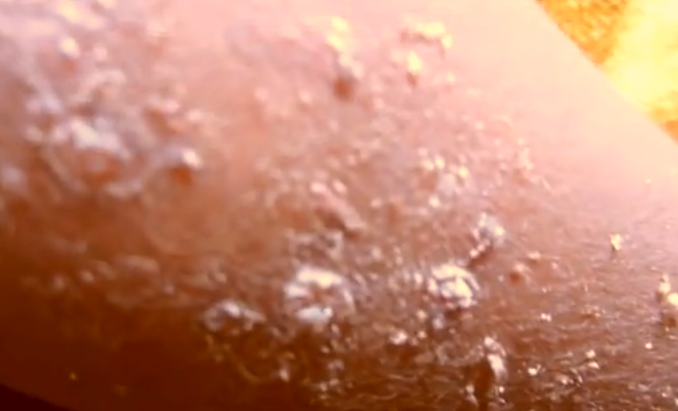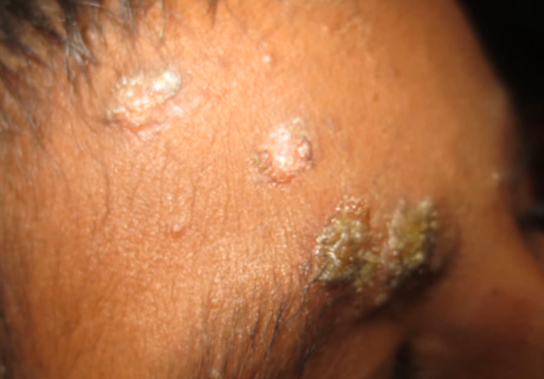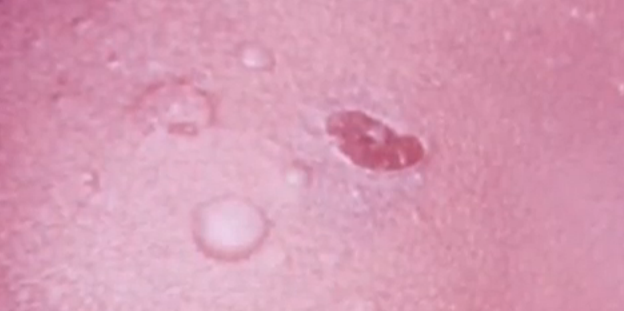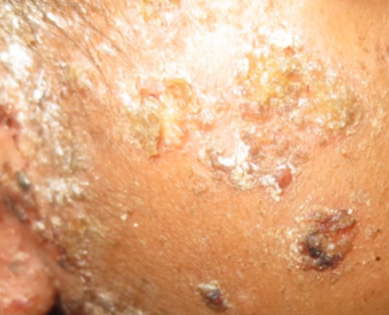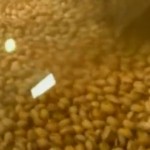Indian fire rash is one of the most communicable skin infections, usually found among infants and children. The rashes look like reddish sores on the face, especially near the nose and mouth. It is mainly caused because of bacterial attack on the body as they enter through skin scratches or insect bites. However they can also be found among the people without these conditions and having normal healthy skin. This condition is also called impetigo. Usually Indian rash goes away in almost a month’s time and heals by itself. However if it doesn’t , then one might need to consult a doctor and take help of antibiotics. It is also advisable to stay indoors till it is no more contagious.
Symptoms
- Red sores that can vary in size and generally don’t take long to crack. The sores also release fluid for some time, but later dry up turning into a yellowish-brown layer crust.
- Itching
- The blisters are filled with fluid but areusually painless
- In critical situations, the blisters can get aggravated and cause a lot of pain with sores filled with abscess sometimes turning into ulcers.
Types of Indian fire rash
- Nonbullous impetigo: This is one of the most commonly diagnosed kind of Indian fire rashes. Symptoms include reddish sores on and around the face, near the nose and mouth at the beginning of infection. The sores could be filled with abscess and could also rupture easily releasing the pus and later drying up to form a dry layer. It is usually painless but mostly itchy. The crust that is formed removes on its own with time, leaving some reddish spots but does not cause scarring. Also the lymph nodes could get swelling but without making the person feverish. However, even the slightest touching and scratching on the sores may worsen this contagious skin condition spreading it to other body parts.
- Bullous impetigo: Children less than 2 years of age are more prone to Bullous impetigo. The blisters are the usual, filled with pus but occurring on and around the Torso, arms and legs and are painless. The affected area and the skin around it gets red and itchy with blisters varying in size. The blisters rupture in some days forming a yellow scar that stays for a longer amount of time as compared to other forms of impetigo.
- Ecthyma: Ecthyma is the most critical type of Indian fire rash and may cause to form another layer of the skin. In this condition the person could get blisters filled yellowish white fluid or pus that can also turn into ulcers, especially on and around the feet and legs. But like the other rash conditions, the ecthyma sores break and heal on their own with decent time and form a solid and thick scar that is gray-yellow in color. However once they heal up there could be severe swelling in the lymph nodes.
Causes
Some of the causes of Indian fire rash are given below:
- Two types of bacteria, namely Staphylococcus aureus and Streptococcus pyogenes are the most common cause of the Indian fire rash. These types of bacteria are found on the skin but become dangerous once they enter inside the skin through injuries, cut, infections and insect bites.
- Causes among the adults are slightly different. The rash develops when the skin is traumatized or faces major changes and in skin conditions like dermatitis. However, among children it takes place mainly because of the insect bites, any kind of cut on the skin or even because of a scratch on the skin. Among children, Indian fire rash can be form even without any major skin condition/injury.
- The contagious nature of this skin condition should always be kept in mind. Anybody coming into contact with the rash causing bacteria by touching the area affected in the other person could get the same. Indirect contact with the infected skin of the person affected could lead to indirect transfer such as through using towels, clothes, and other things belonging to the affected person.
- The staph bacterium that is the cause of the Indian fire rash produces toxins that attack the proteins, responsible for keeping the skin cells together. This protein’s damage makes the bacteria more harmful by making it spread more rapidly.
- Even though there are specific kinds of rashes belonging to certain age groups, but in general anybody from any age group can get affected. However children from 2 to 9 years of age are the most vulnerable because of their less developed immunity.
- The two major bacteria causing fire rash grow more among groups that are physically closer and in public places.
Treatment
Because of the contagious nature one must avoid physical contact with the affected person or using the products belonging to them that they use on their bodies. Also maintaining good hygiene conditions and keeping the affected area clean all the time is very important. The doctor can prescribe oral and topical medication that can prove to be effective.
Indian Fire Rash – Pictures
